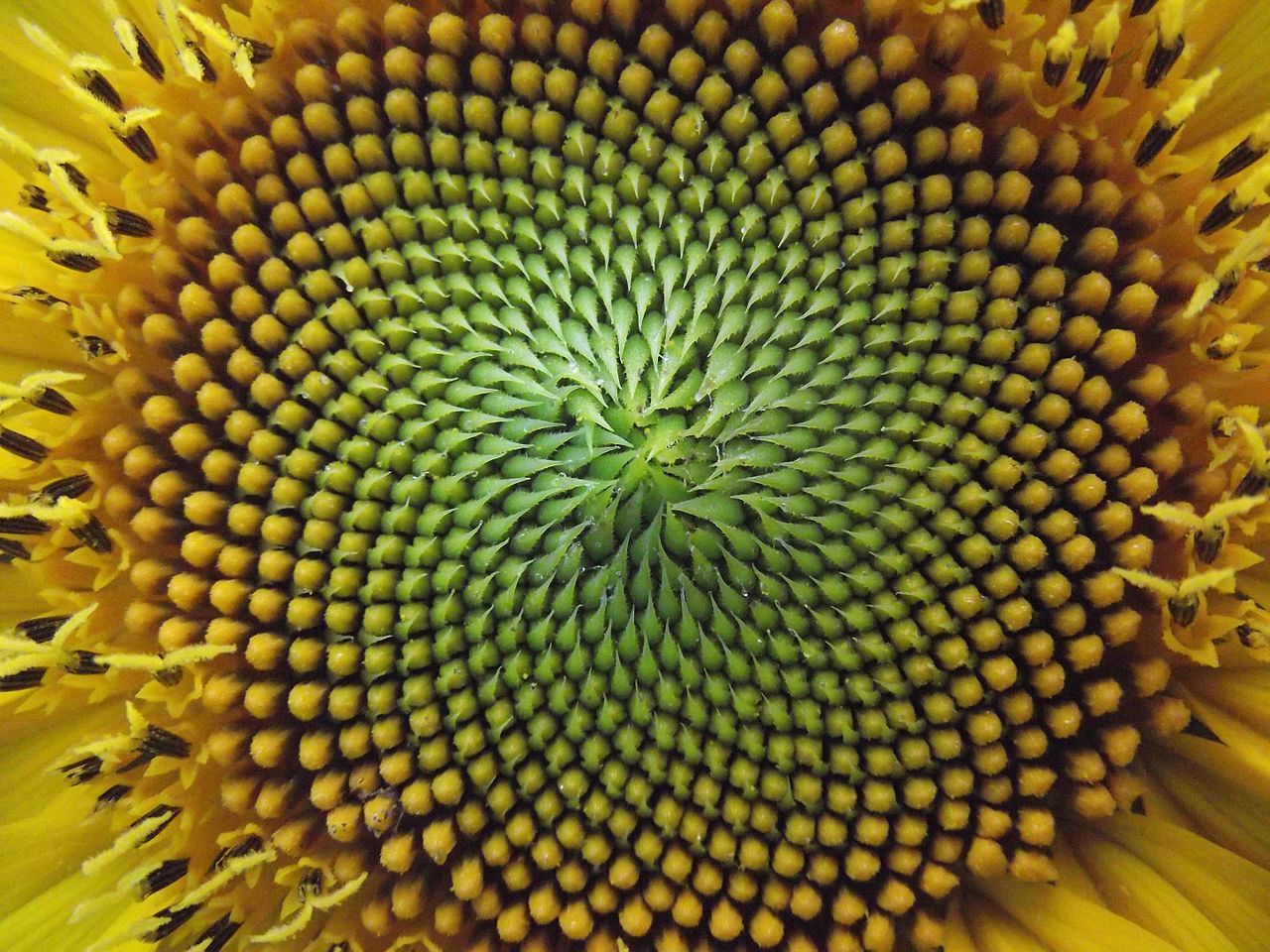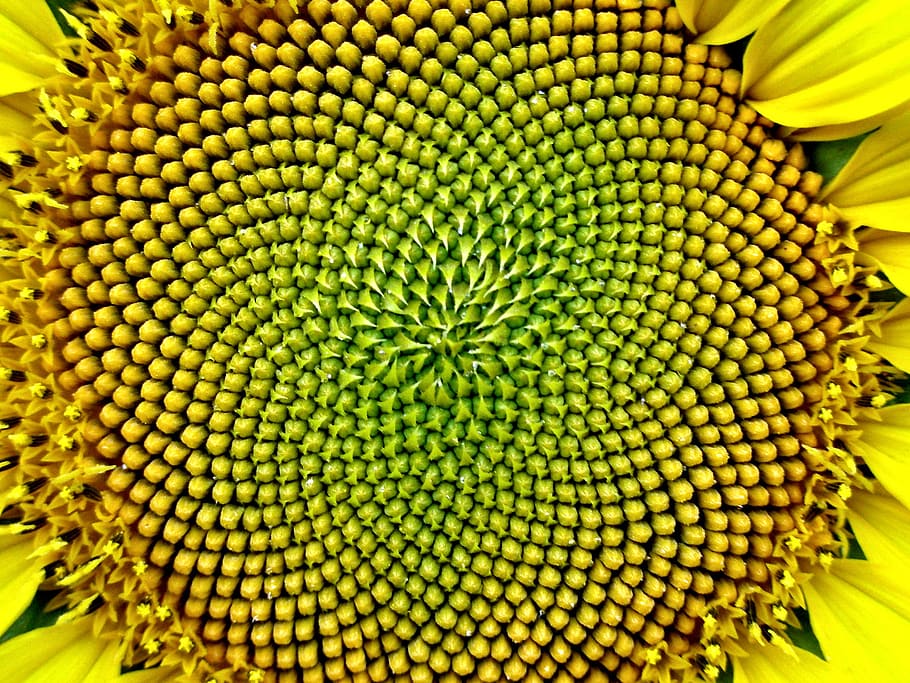
Then the trunk and the first branch produce two more growth points, bringing the total to five. The main trunk then produces another branch, resulting in three growth points. One trunk grows until it produces a branch, resulting in two growth points. įlowers and branches: Some plants express the Fibonacci sequence in their growth points, the places where tree branches form or split. You can decipher spiral patterns in pinecones, pineapples and cauliflower that also reflect the Fibonacci sequence in this manner. Divide the spirals into those pointed left and right and you'll get two consecutive Fibonacci numbers. Amazingly, if you count these spirals, your total will be a Fibonacci number. Seed heads, pinecones, fruits and vegetables: Look at the array of seeds in the center of a sunflower and you'll notice what looks like spiral patterns curving left and right. Want to see how these fascinating numbers are expressed in nature? No need to visit your local pet store all you have to do is look around you. The ratio between the numbers in the Fibonacci sequence (1.6180339887498948482.) is frequently called the golden ratio or golden number.

#The fibonacci sequence in nature series
This series of numbers is known as the Fibonacci numbers or the Fibonacci sequence. Basically, number is the sum of the previous two. The equation that describes it looks like this: Xn+2= Xn+1 + Xn. This leaves three pairs of rabbit, two of which will give birth to two more pairs the following month. When month three rolls around, the original pair of rabbits produce yet another pair of newborns while their earlier offspring grow to adulthood. At the end of the second month, the female gives birth, leaving two pairs of rabbits. Rabbits can't reproduce until they are at least 1 month old, so for the first month, only one pair remains. Think about it: Two newborn rabbits are placed in a fenced-in yard and left to, well, breed like rabbits. These numbers, 34 and 21, are numbers in the Fibonacci series, and their ratio 1.6190476 closely approximates Phi, 1.6180339.In 1202, Italian mathematician Leonardo Pisano (also known as Fibonacci, meaning "son of Bonacci") pondered the question: Given optimal conditions, how many pairs of rabbits can be produced from a single pair of rabbits in one year? This thought experiment dictates that the female rabbits always give birth to pairs, and each pair consists of one male and one female.

#The fibonacci sequence in nature full
The DNA molecule measures 34 angstroms long by 21 angstroms wide for each full cycle of its double helix spiral. DNA moleculesĮven the microscopic realm is not immune to Fibonacci. When a hawk approaches its prey, its sharpest view is at an angle to their direction of flight - an angle that's the same as the spiral's pitch. And as noted, bee physiology also follows along the Golden Curve rather nicely. Following the same pattern, females have 2, 3, 5, 8, 13, and so on.

Thus, when it comes to the family tree, males have 2, 3, 5, and 8 grandparents, great-grandparents, gr-gr-grandparents, and gr-gr-gr-grandparents respectively. Males have one parent (a female), whereas females have two (a female and male). In addition, the family tree of honey bees also follows the familiar pattern. The answer is typically something very close to 1.618. The most profound example is by dividing the number of females in a colony by the number of males (females always outnumber males).

Speaking of honey bees, they follow Fibonacci in other interesting ways.


 0 kommentar(er)
0 kommentar(er)
